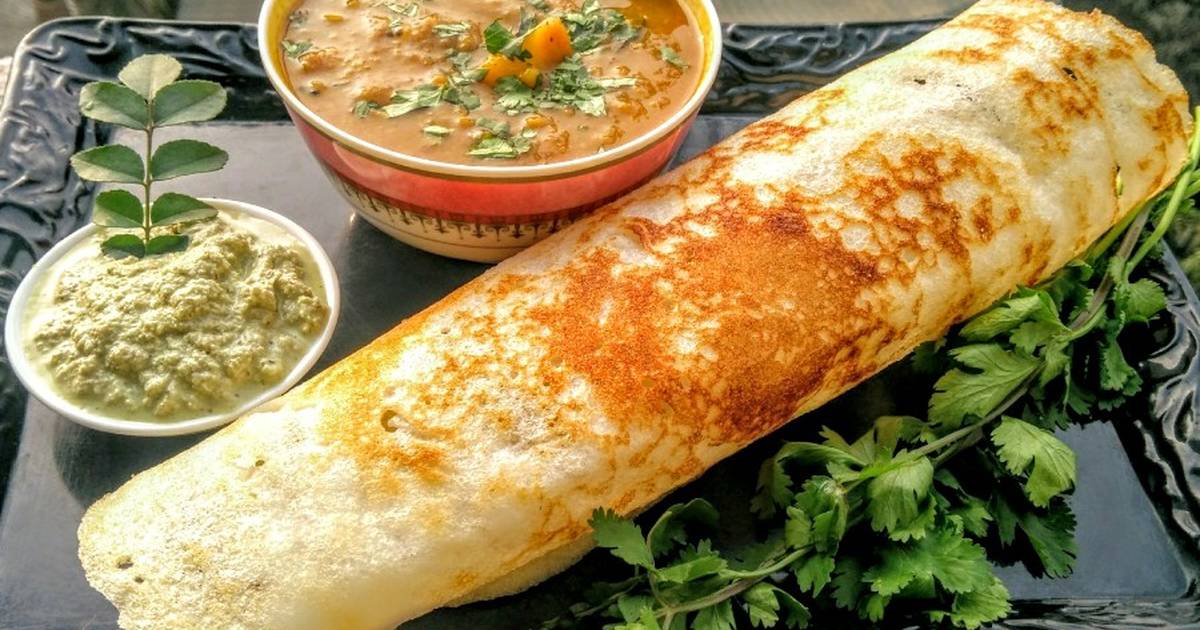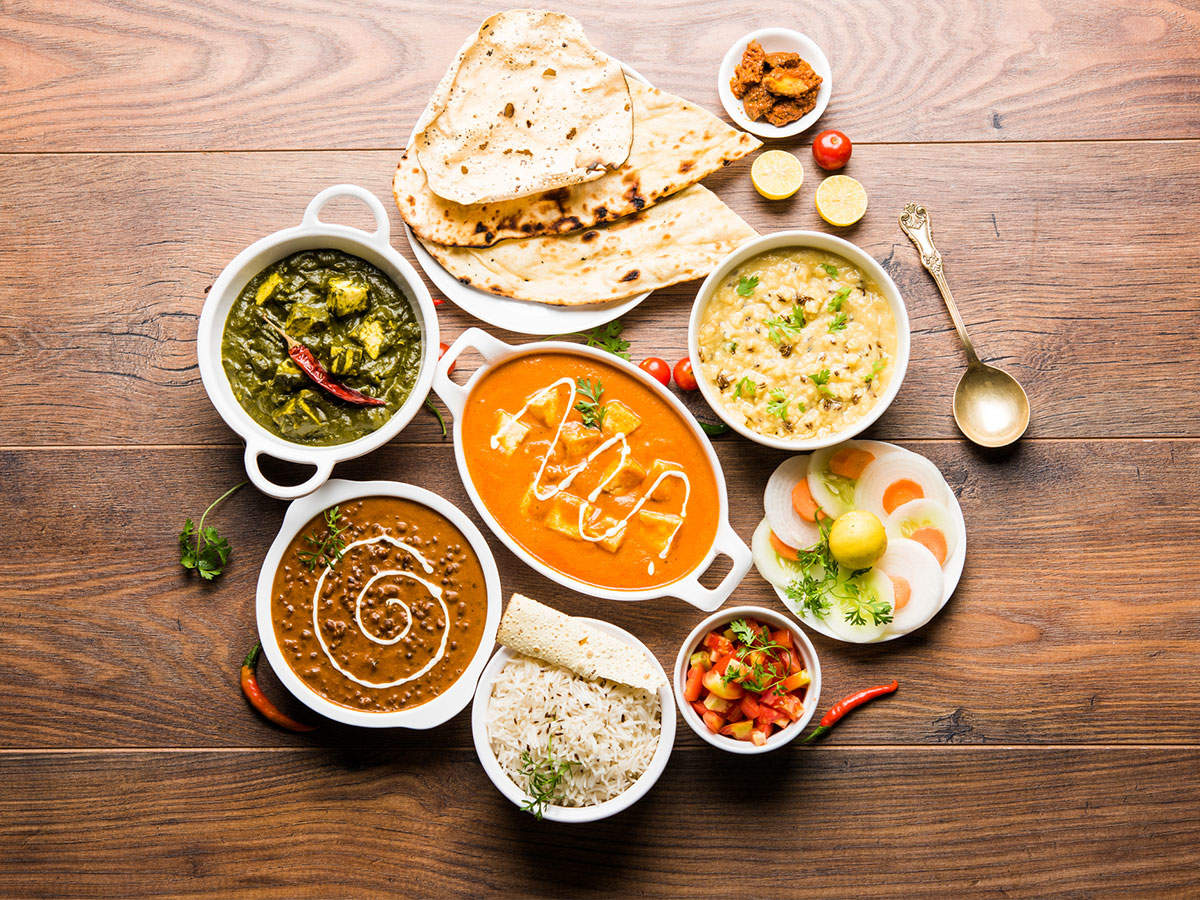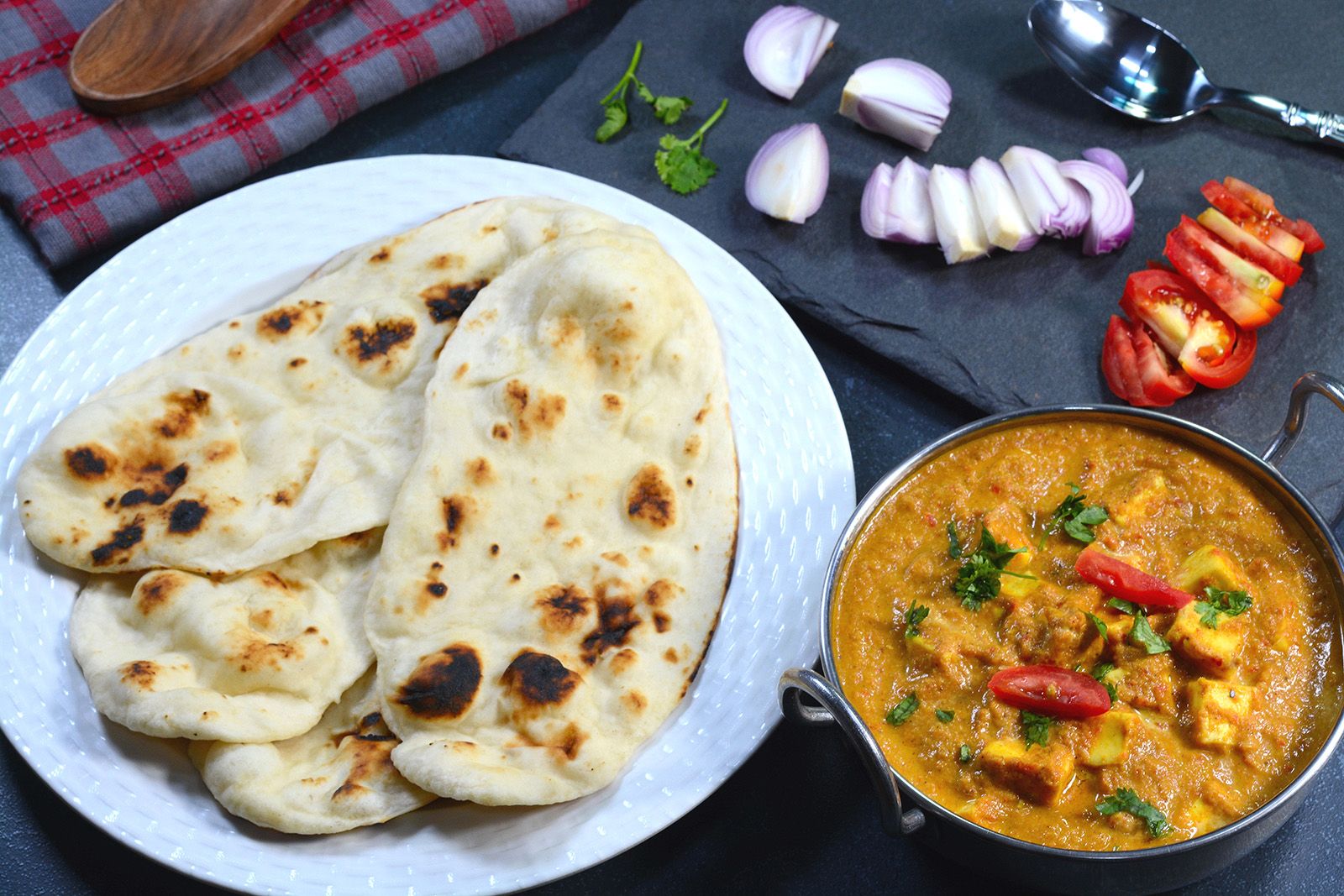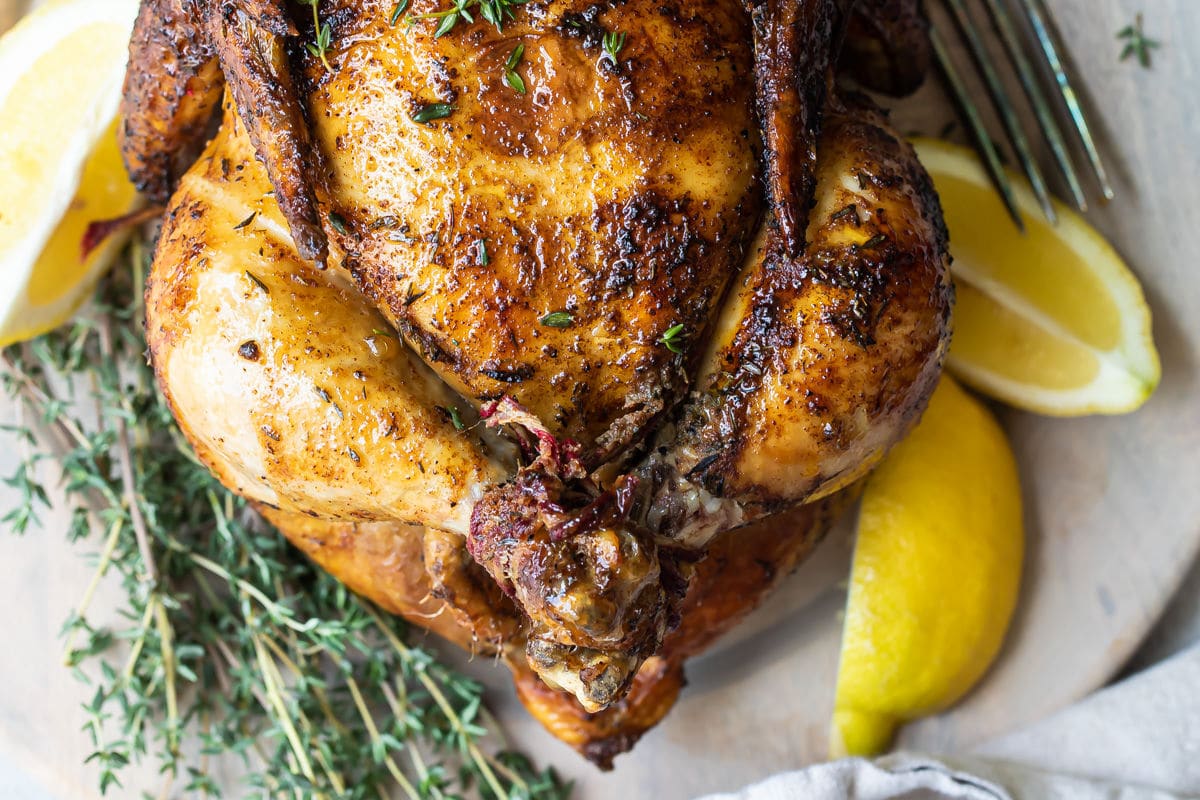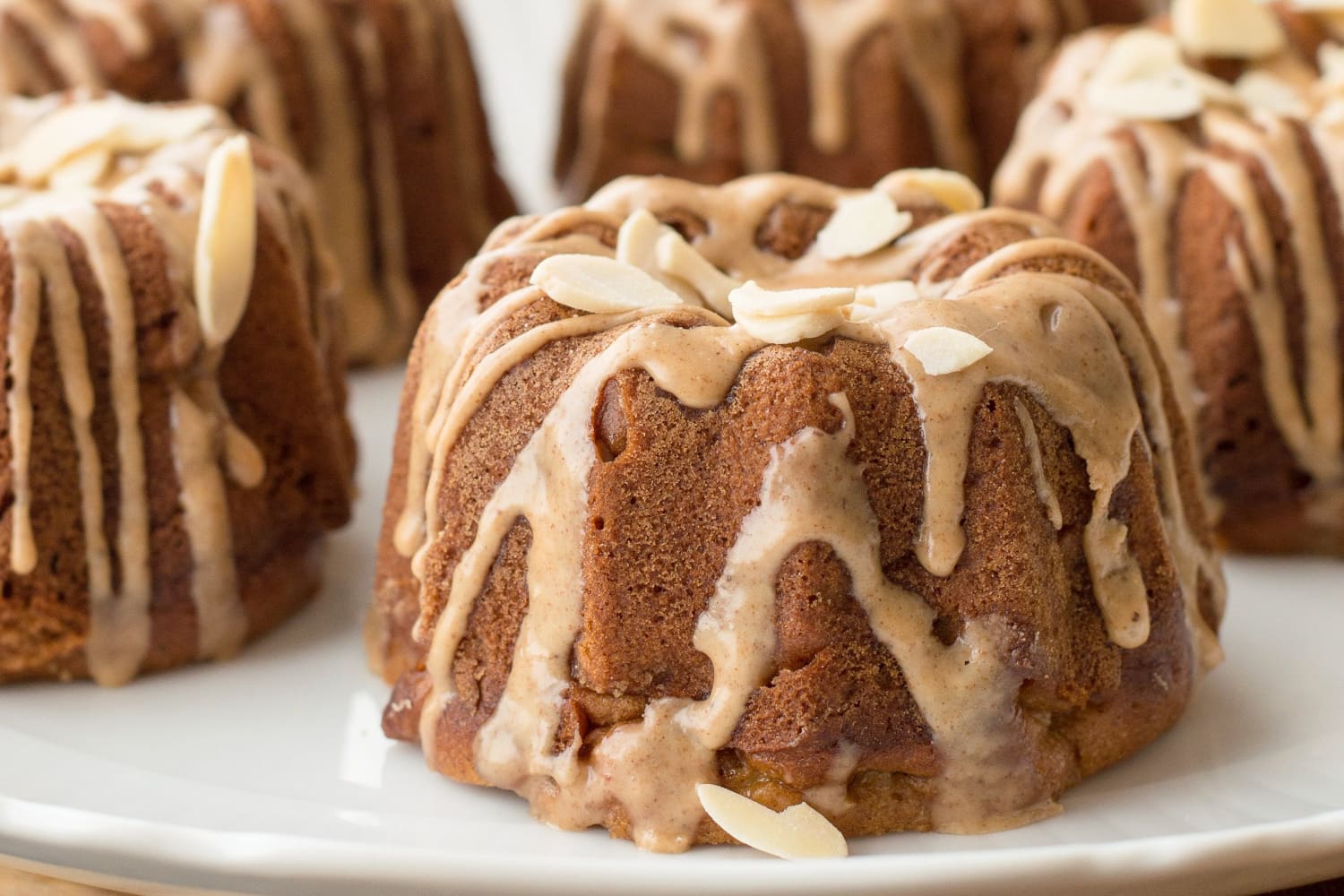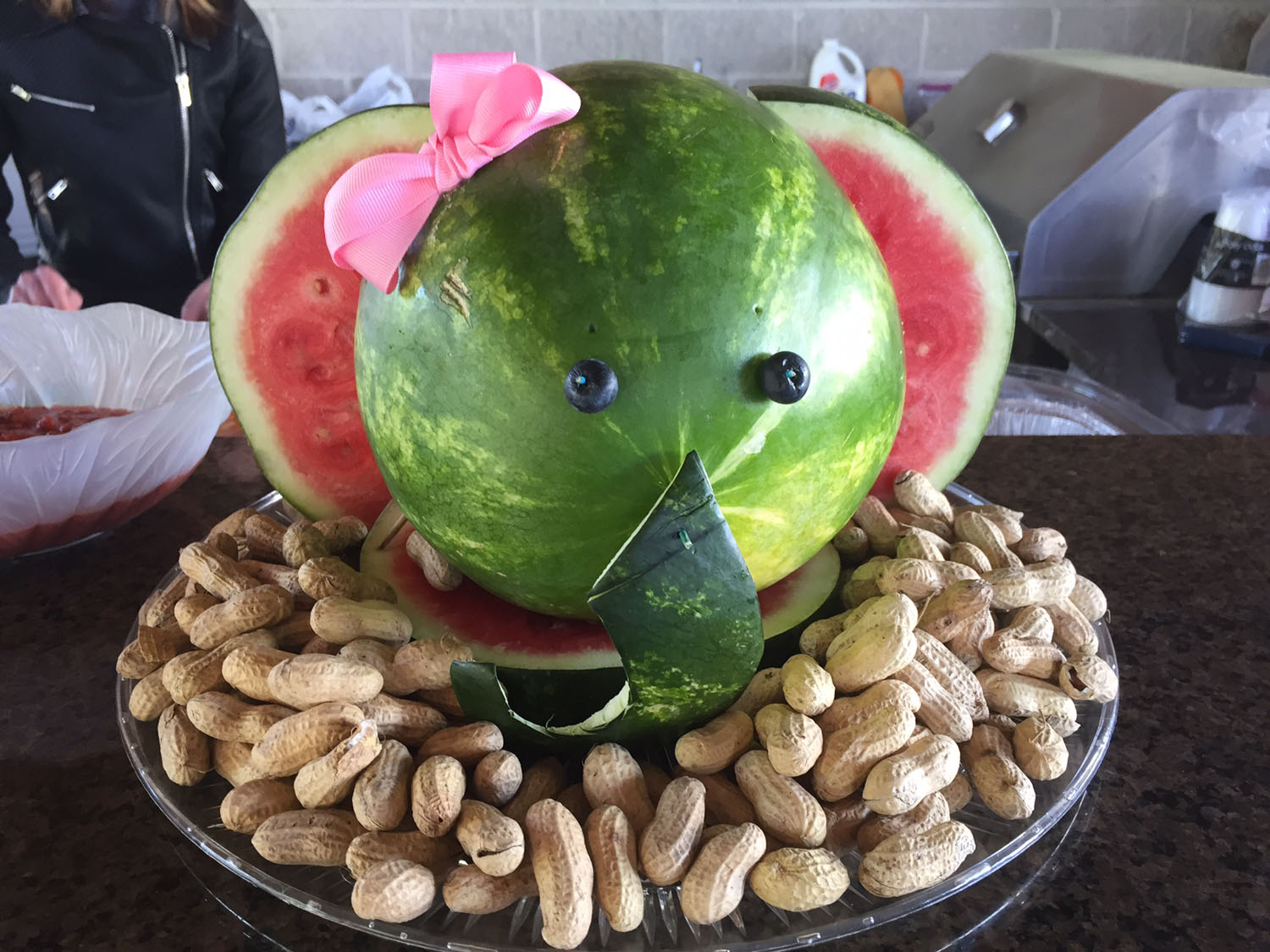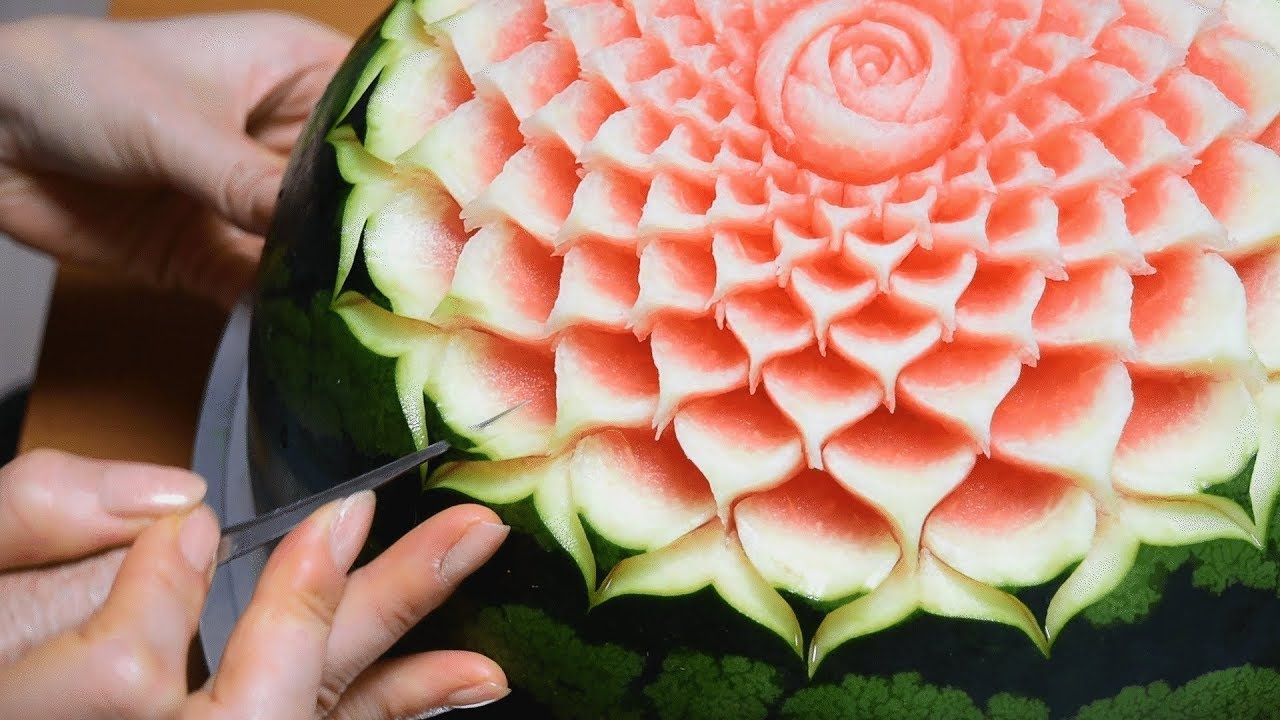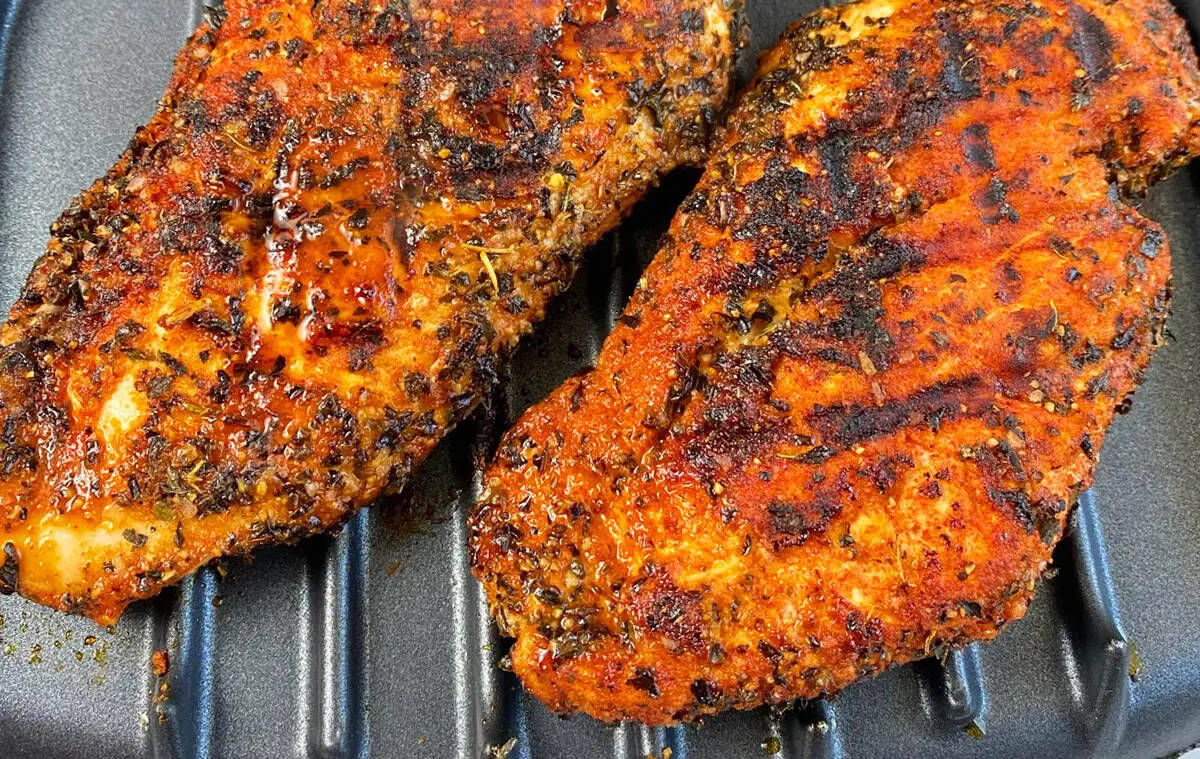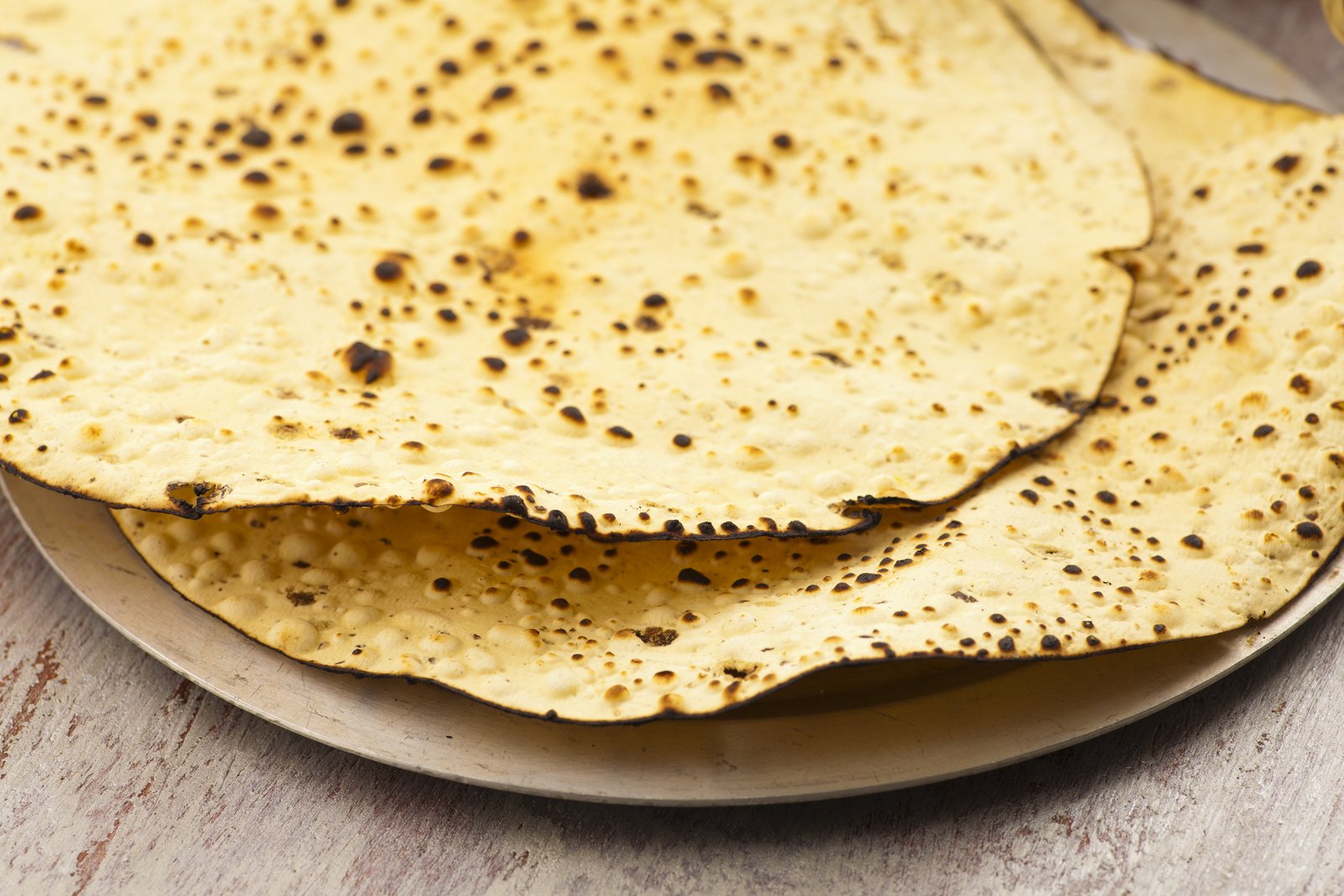Discovering the Art of Eating Traditional Indian Food
Indian cuisine is renowned for its rich flavors, aromatic spices, and diverse range of dishes. Whether you’re a seasoned food enthusiast or new to Indian cuisine, understanding the art of eating traditional Indian food can enhance your dining experience. From mastering the use of your hands to savoring a variety of flavors, here’s a guide on how to eat traditional Indian food like a pro.
Embrace the Hands-On Experience
Unlike Western dining customs, traditional Indian food is often enjoyed without the use of utensils. Embracing the hands-on experience is an integral part of relishing Indian cuisine. Using your hands to eat allows you to feel the textures of the food and connect with the cultural roots of the cuisine.
Mastering the Basics
When indulging in traditional Indian fare, it’s essential to familiarize yourself with the basic elements of a meal. A typical Indian meal consists of rice or bread, accompanied by a variety of curries, dal (lentils), chutneys, and pickles. Understanding the components of a meal will help you appreciate the harmony of flavors and textures.
Exploring Flavors and Spices
Indian cuisine is celebrated for its vibrant and aromatic spices. From the warmth of cumin to the heat of chili, each spice adds depth and character to the dishes. When eating traditional Indian food, take the time to savor the intricate blend of flavors. Allow your taste buds to dance with the medley of sweet, savory, and spicy notes.
Adapting to Different Eating Styles
India is a diverse country with a multitude of regional cuisines, each with its own unique eating customs. Whether you’re savoring southern delights like dosa and sambhar, or indulging in northern specialties such as naan and butter chicken, adapting to different eating styles adds an enriching dimension to your culinary journey.
Appreciating the Variety of Dishes
Indian cuisine boasts an extensive array of dishes, ranging from hearty vegetarian fare to succulent meat and seafood preparations. When dining on traditional Indian food, embrace the diversity of dishes available. Whether you’re enjoying a comforting bowl of biryani or savoring the tangy flavors of chaat, each dish offers a unique culinary experience.
Understanding Dining Etiquette
While the use of hands is common in traditional Indian dining, it’s important to observe certain dining etiquette. When sharing a meal, it’s customary to serve others before serving yourself. Additionally, it’s polite to eat with your right hand, as the left hand is traditionally considered unclean.
Pairing with Refreshing Beverages
Complementing your meal with traditional Indian beverages can elevate the dining experience. From the cooling effects of lassi to the aromatic allure of chai, exploring the diverse range of Indian drinks adds a refreshing dimension to your culinary journey.
Conclusion
Mastering the art of eating traditional Indian food involves embracing the cultural nuances, savoring a myriad of flavors, and adapting to diverse dining customs. By immersing yourself in the hands-on experience, exploring the rich tapestry of flavors, and appreciating the variety of dishes, you can embark on a culinary adventure that transcends borders and tantalizes the senses.
More Delicious Indian Recipes to Try
Now that you've learned how to eat traditional Indian food, it's time to put your new skills to the test by trying out some authentic recipes. The guide provides a plethora of options, but a few standouts include Delicious Chicken Biryani and Creamy Butter Chicken, both of which offer a deep dive into the rich flavors and spices typical of Indian cuisine. For those seeking vegetarian options, the Savory Palak Paneer and Flavorful Aloo Gobi are highly recommended. These dishes not only allow you to practice traditional cooking techniques but also give you a taste of the diverse vegetarian offerings in Indian cuisine. Don't forget to complement your meals with Soft and Fluffy Naan for a complete dining experience. Each recipe is designed to enhance your understanding and appreciation of Indian food, making your culinary journey as rewarding as it is delicious.
